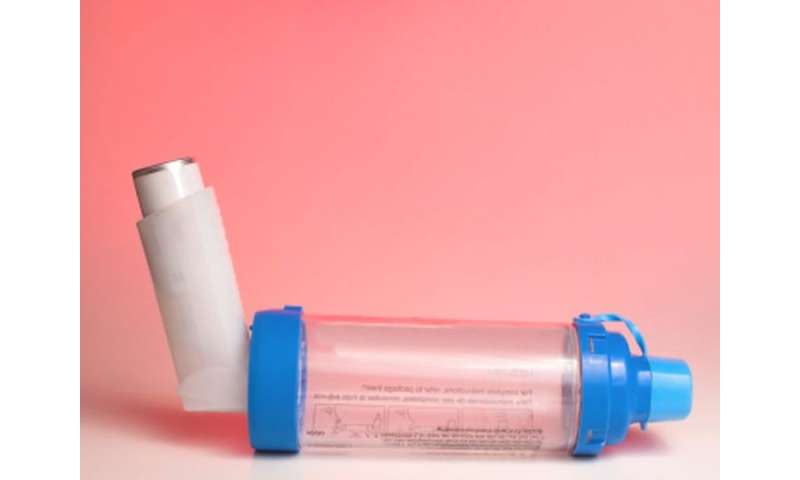

Instead, several efforts have been made to indirectly compare the efficacy of the LAMA/LABA combinations, although no previous studies have compared exacerbation risk or mortality risk, which are the two most important outcomes in patients with stable COPD. Ī variety of LAMA/LABA combinations are available on the market, but it is not clear which are the best choice all LAMA/LABA therapies are expected to have similar efficacy, even though only a few head-to-head trials have been carried out with a relatively short study duration. Currently, in patients with stable COPD whose symptoms or exacerbations cannot be controlled using a single long-acting bronchodilator, LAMA/LABA combination therapy is primarily recommended.
#Laba lama difference between trial
In addition, LAMA/LABA combination therapy is associated with less frequent moderate to severe exacerbations than inhaled corticosteroid (ICS)/LABA combination, although a large trial contradicted these results. Studies and meta-analyses have shown that such combination therapy has a greater effect than monotherapy on lung function, symptoms, quality of life, and acute exacerbations. Recently, LAMA/LABA combination therapy has been introduced as a more potent treatment than LAMA or LABA alone. They improve symptoms and exercise performance status by reducing small airway limitations, hyperinflation, and exacerbation risk. Long acting bronchodilators such as long-acting muscarinic antagonists (LAMAs) and long-acting beta-agonists (LABAs) are the main drugs used to treat stable chronic obstructive pulmonary disease (COPD). Trial registration: This study was prospectively registered in PROSPERO CRD42019126753. The present NMA including all available RCTs provided that there is no strong evidence suggesting different benefits among LAMA/LABAs in patients with stable COPD who have been followed up for 48 weeks or more. There were no significant differences among the LAMA/LABA combinations in terms of the number of moderate to severe exacerbations, all-cause mortality, major adverse cardiovascular events, or pneumonia. However, the significant differences were not present in the NMA of network (B). We found that umeclidinium/vilanterol was associated with a lower risk of total exacerbations than other LAMA/LABAs in the NMA using network (A) (level of evidence: low or moderate). Six combinations of LAMA/LABA were identified: tiotropium/salmeterol, glycopyrrolate/indacaterol, umeclidinium/vilanterol, tiotropium/olodaterol, aclidinium/formoterol, and glycopyrrolate/formoterol. We included 16 RCTs involving a total of 39,065 patients with stable COPD. This study was prospectively registered in PROSPERO CRD42019126753. The geometry of network (A) had nodes of individual drugs or their combination, while that of network (B) combined all other treatments except LAMA/LABA into each drug class. Two different network geometries were used.

We included parallel-group RCTs comparing LAMA/LABA combinations with other inhaled drugs in the stable COPD for ≥ 48 weeks. We searched Medline, EMBASE, and the Cochrane library (search date: July 1, 2019). Our study was conducted to compare acute exacerbation and all-cause mortality among different LAMA/LABA regimens using Bayesian network meta-analysis (NMA). Only few randomized controlled trials (RCTs) for head-to-head comparison have been conducted between various combinations of long-acting muscarinic antagonists (LAMAs) and long-acting beta-agonists (LABAs).


 0 kommentar(er)
0 kommentar(er)
